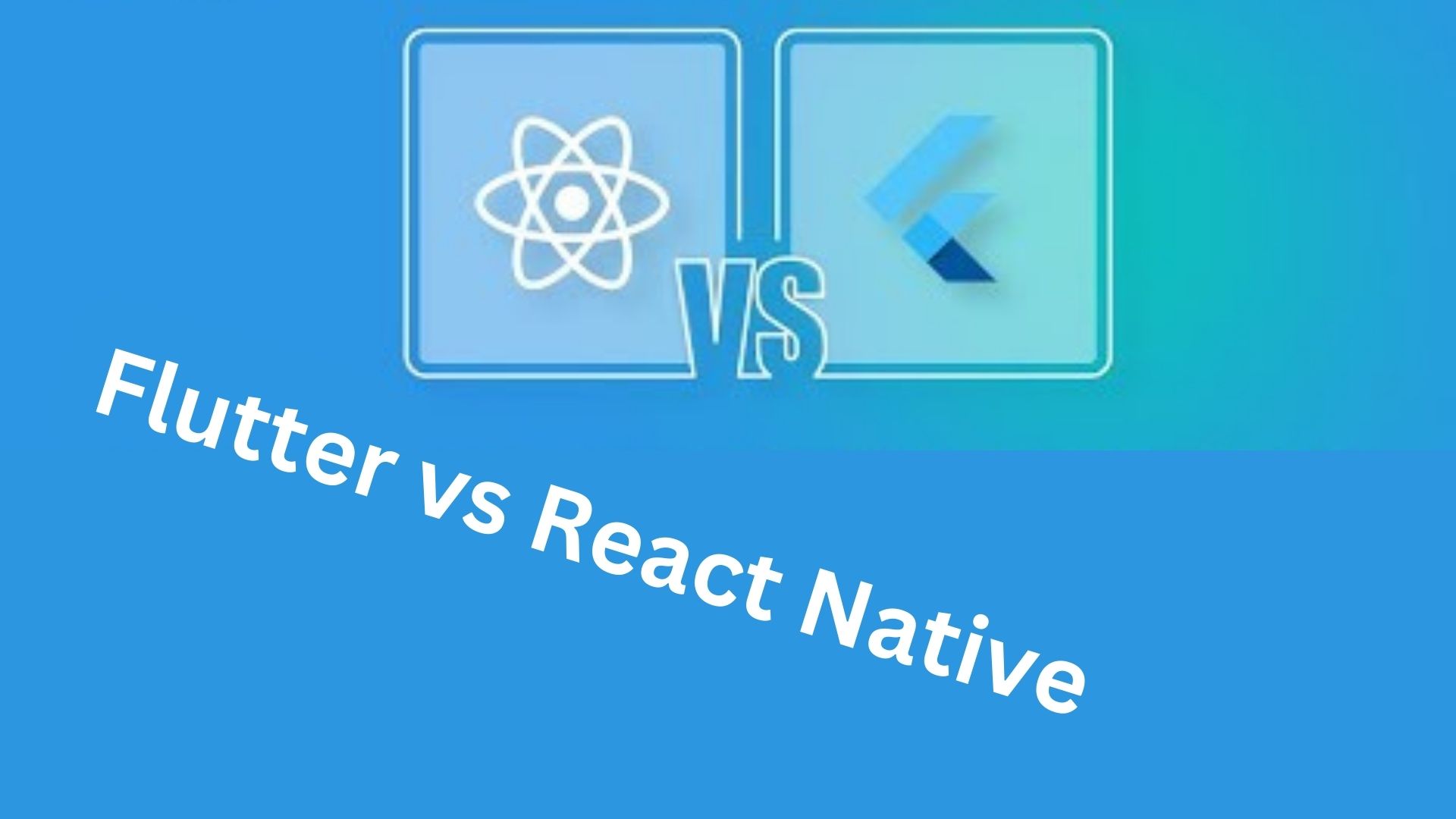
Satellite web is changing how the world connects, providing fast access in areas where traditional broadband can’t reach. Unlike cable or fiber systems that rely on land-based infrastructure, satellite internet uses orbiting satellites to send data directly to users, making it especially important for rural regions, disaster zones, and remote locations. With advances in low-Earth orbit technology and the growing global demand for universal connectivity, satellite internet is no longer just a backup option; it’s becoming the future of widespread digital access.
Table of Contents
Satellite Web: Bridging the Global Online Gap!
As the world increasingly demands reliable internet, satellite technology is emerging as a key solution, especially in areas where standard broadband is weak or unavailable. From remote villages to moving ships, it delivers high-speed internet to places once considered out of reach.
Unlike fiber-optic or cable systems that require extensive ground infrastructure, satellite internet transmits data directly between orbiting satellites and ground stations. This makes it highly beneficial for rural areas, mountainous regions, and developing nations.
Signals soar where towers fall, In silent skies, they cover all. A rural hope, a global thread, By satellite, the world is led.
How Satellite Internet Works
At its core, satellite web involves three main components:
- A satellite in low Earth orbit (often close to the planet or stationary in space).
- Ground stations are known as gateways.
- User devices, such as dishes and modems located at individual sites.
Data travels from a user’s device to the satellite, then to a ground station, and back again, enabling web browsing, video streaming, file sharing, and more. Recent innovations like Low Earth Orbit (LEO) satellites, used by companies such as Starlink and OneWeb, have significantly reduced latency, resulting in a much smoother experience.
Benefits of Satellite Internet
- Universal Coverage: Provides service in remote deserts, hills, oceans, and conflict zones.
- Fast Deployment: No need for wires or trenches; ideal for emergency responses or temporary setups.
- Scalability: Providers can quickly expand service to new areas by launching more satellites.
Challenges and Spectrum Issues
While promising, satellite internet faces spectrum sharing challenges. It requires specific radio frequency bands to operate efficiently. As more companies enter the space, competition for clear, interference-free bands intensifies, especially in densely populated regions like India.
Additionally, government regulators must develop policies to support satellite operators, telecom providers, and defense agencies, all of whom use radio frequencies.
India’s Perspective
India is showing increased interest in satellite internet. Companies like JioSpaceFiber, OneWeb, and Starlink are preparing to launch services. However, there are ongoing discussions about spectrum allocations, licensing procedures, and costs. Addressing these issues is crucial for expanding satellite internet coverage across India’s vast territory.
The Future of Satellite Internet
As more low-Earth orbit satellite constellations are launched and regulations evolve, satellite internet could become a primary connectivity option, not just a backup. Advances in dish design, smart bandwidth management, and satellite technology are paving the way toward a more connected digital future.
No cables run, no wires bind, Yet still, the world is redefined. A skyward net, so vast, so wide, Bringing distant lives online with pride.
Conclusion
Satellite web isn’t just a distant dream; it’s a rapidly growing reality worldwide. Whether bridging connectivity gaps in rural areas or providing backup during emergencies, this technology represents a significant step forward in internet accessibility. As regulatory frameworks and infrastructure improve, satellite web is likely to stand alongside fiber and 5G as a standard service for everyone. Its ability to connect the unconnected could redefine digital inclusion for generations to come.


